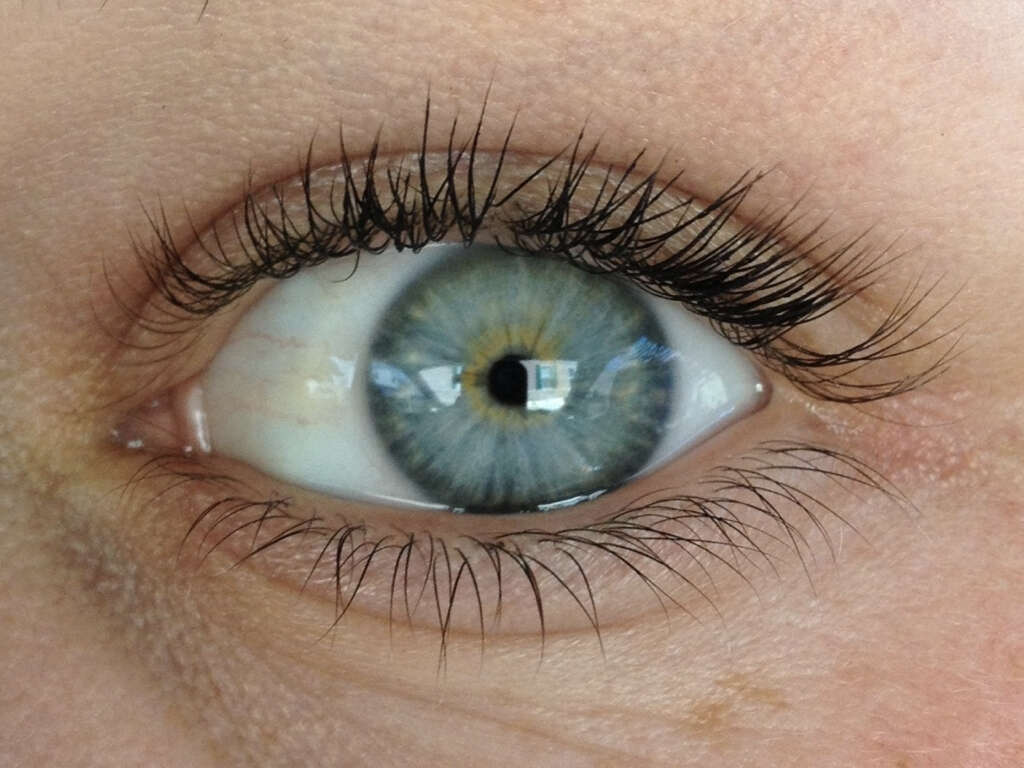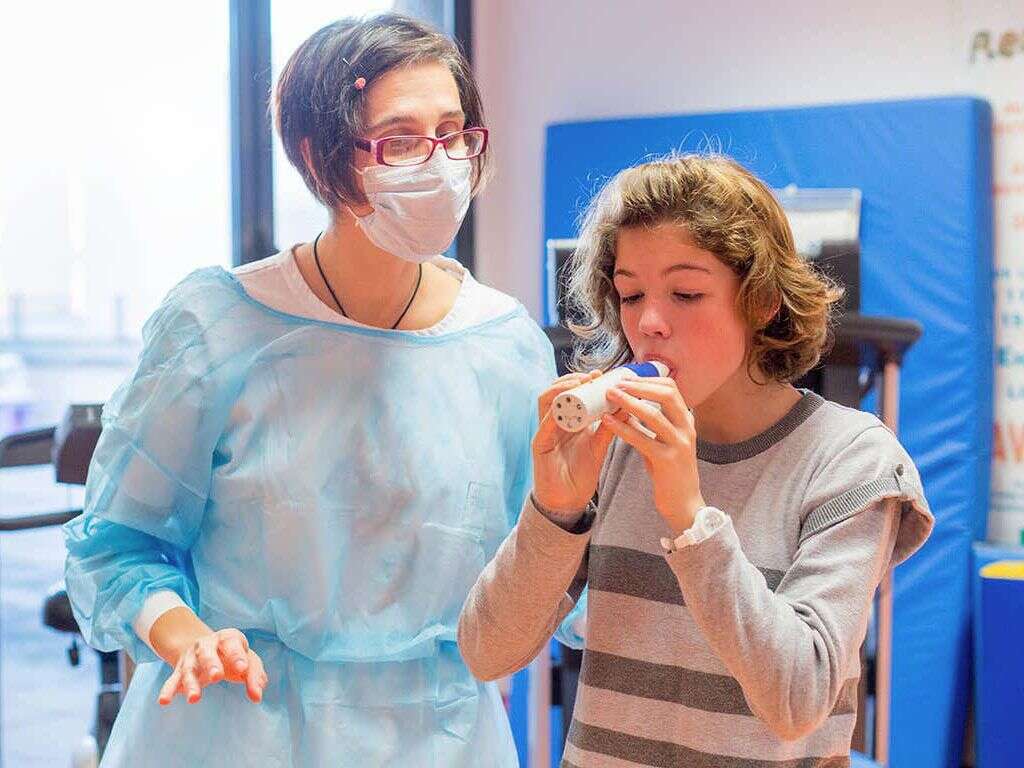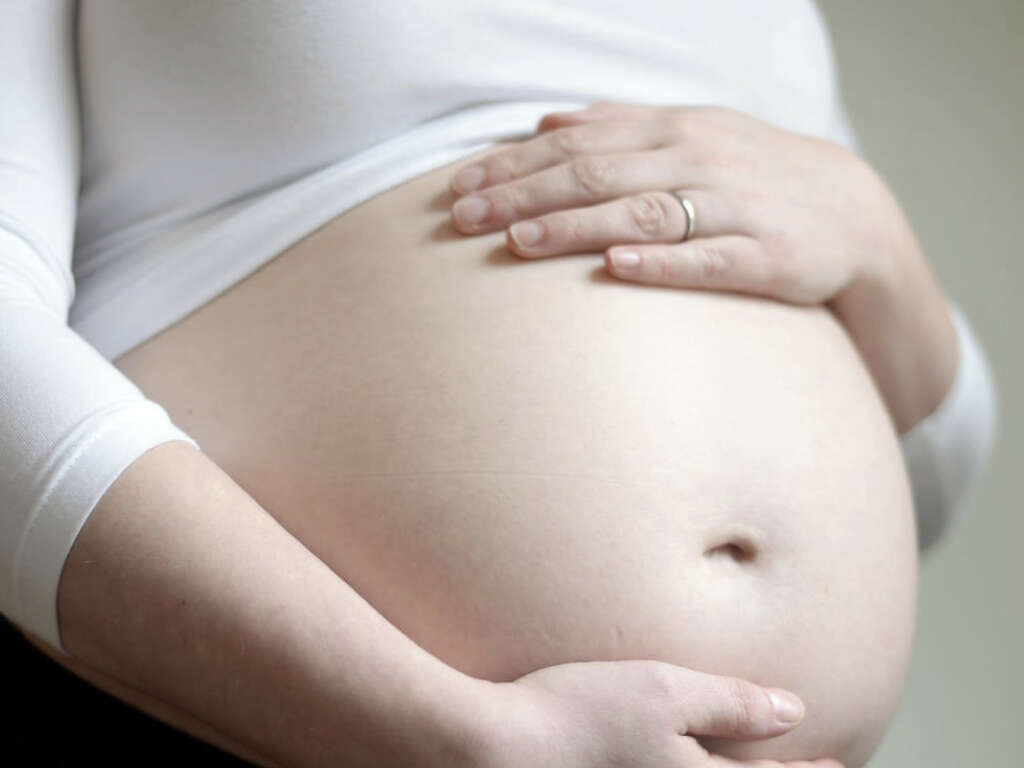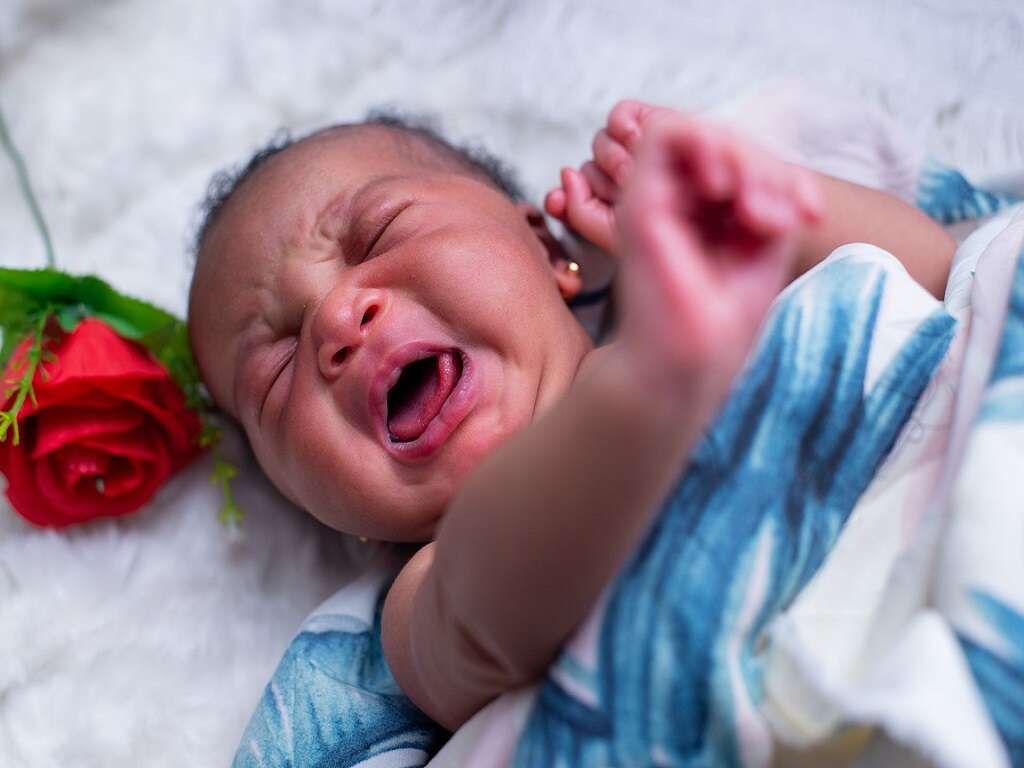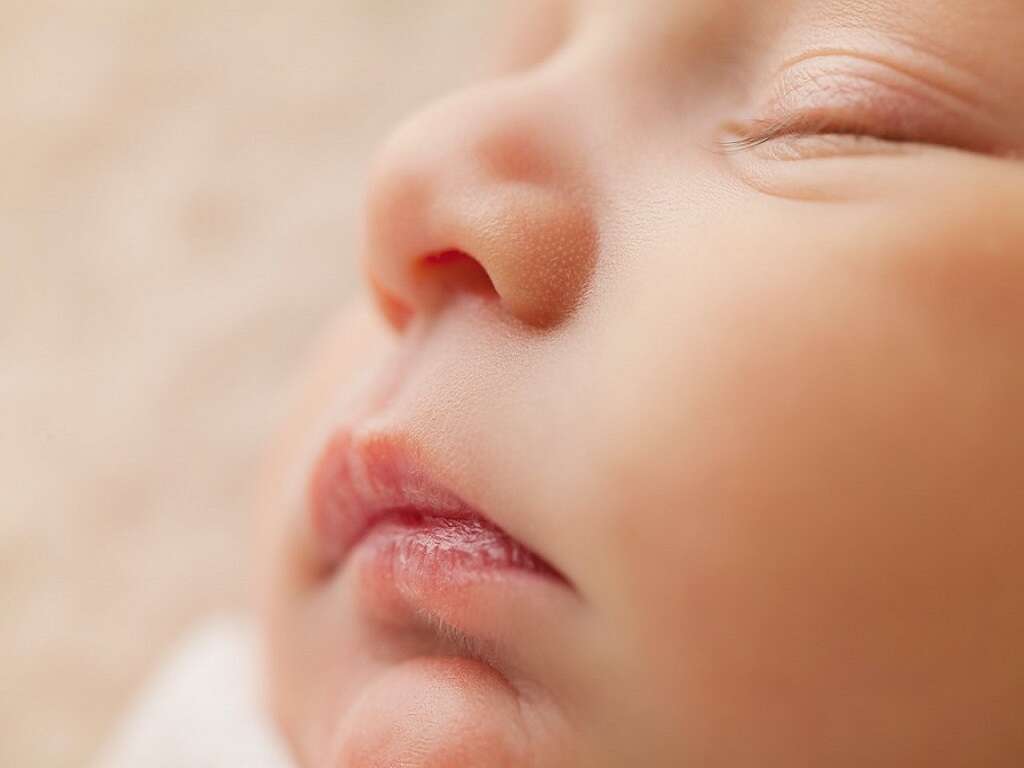Mongolian Spots Diagnosis, Causes & More
 Article Sources
Article Sources
- 1. Gupta D; Thappa DM. ‘Mongolian spots: How important are they?’ World Journal of Clinical Cases. https://www.ncbi.nlm.nih.gov/pmc/articles/PMC3856299
- 2. ’Mongolian blue spots.’ Medline Plus. https://medlineplus.gov/ency/article/001472.htm
- 3. Kikuchi I. ‘What is a Mongolian Spot?’ International Journal of Dermatology. 1982 https://onlinelibrary.wiley.com/doi/abs/10.1111’Mongolian Spot.’ American Osteopathic College of Dermatology. https://www.aocd.org/page/MongolianSpot
10. Summary
Mongolian spots appear on the back and buttocks of newborns and young infants. Most disappear within a year or two, but they may persist to the teen years. They are prevalent in people of Asian, Hispanic, African and Native American ethnicity.
Mongolian spots themselves are benign, but research has shown that other serious and possibly fatal diseases can be associated with them. Because Mongolian spots appear similar to bruising, documentation is important at birth to avoid mistaking the condition with abuse.
Advertisement





